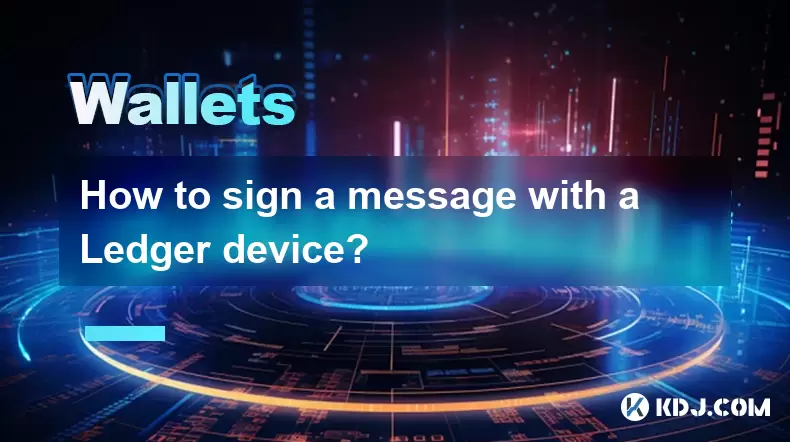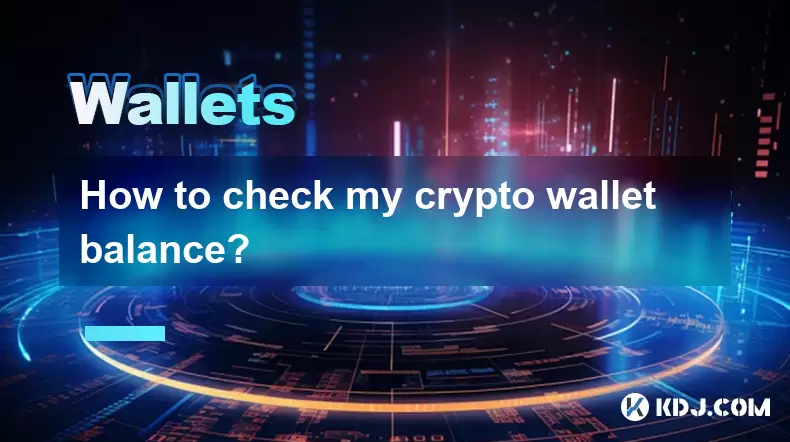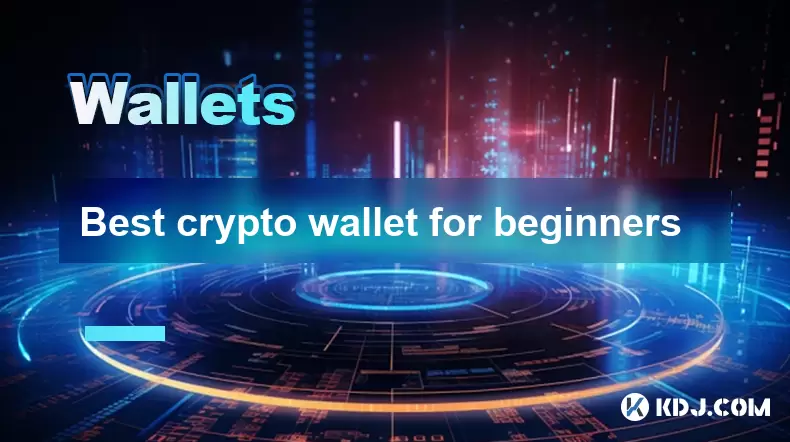-
 Bitcoin
Bitcoin $118,841.1054
1.02% -
 Ethereum
Ethereum $3,364.2689
7.44% -
 XRP
XRP $3.0337
3.93% -
 Tether USDt
Tether USDt $1.0004
0.04% -
 BNB
BNB $708.2059
2.49% -
 Solana
Solana $173.2385
5.74% -
 USDC
USDC $0.9999
-0.01% -
 Dogecoin
Dogecoin $0.2121
6.85% -
 TRON
TRON $0.3090
2.81% -
 Cardano
Cardano $0.7628
2.25% -
 Hyperliquid
Hyperliquid $46.8391
-2.08% -
 Stellar
Stellar $0.4537
0.15% -
 Sui
Sui $3.9529
-2.88% -
 Chainlink
Chainlink $16.6414
3.72% -
 Hedera
Hedera $0.2354
1.52% -
 Bitcoin Cash
Bitcoin Cash $499.1285
0.43% -
 Avalanche
Avalanche $22.6400
0.57% -
 Shiba Inu
Shiba Inu $0.0...01438
4.88% -
 UNUS SED LEO
UNUS SED LEO $8.8507
-0.64% -
 Toncoin
Toncoin $3.1498
2.35% -
 Litecoin
Litecoin $97.4954
1.21% -
 Polkadot
Polkadot $4.1541
1.50% -
 Monero
Monero $331.4406
-1.03% -
 Pepe
Pepe $0.0...01350
5.24% -
 Uniswap
Uniswap $8.9103
-5.01% -
 Bitget Token
Bitget Token $4.7540
4.51% -
 Dai
Dai $0.9999
-0.02% -
 Ethena USDe
Ethena USDe $1.0008
0.00% -
 Aave
Aave $322.3328
-1.63% -
 Bittensor
Bittensor $431.8026
-0.50%
How to sign a message with a Ledger device?
You can sign messages with your Ledger device to prove wallet ownership securely, without exposing private keys, by following the on-screen prompts in Ledger Live or a dApp interface.
Jul 17, 2025 at 01:49 pm

Understanding the Purpose of Message Signing
Signing a message with your Ledger device is a crucial function for proving ownership of a wallet address without revealing your private keys. This cryptographic process allows users to authenticate themselves or verify control over a specific blockchain address. It plays a vital role in decentralized applications (dApps), identity verification, and secure transactions.
When you sign a message using a Ledger hardware wallet, you are essentially generating a digital signature that proves you have access to the corresponding private key. This method ensures security while maintaining privacy since no sensitive data is exposed during the process.
Setting Up Your Ledger Device for Message Signing
Before initiating any signing process, ensure that your Ledger device is properly configured:
- Make sure your Ledger wallet is initialized and secured with a recovery phrase.
- Install the appropriate application for the blockchain network you intend to use (e.g., Ethereum, Bitcoin).
- Connect your Ledger device to your computer via USB.
- Open the Ledger Live application or the relevant dApp interface where message signing is required.
These preliminary steps guarantee that your device is ready to securely handle the cryptographic operations involved in signing a message.
Accessing the Message Signing Interface
Depending on the platform you're interacting with, the path to initiate message signing may vary slightly. However, most interfaces will provide an option such as “Sign Message” or “Verify Ownership.” Here's how to proceed:
- Navigate to the section where message signing is requested.
- Locate and click on the “Sign Message” option.
- Enter the text or hash you wish to sign. This could be a custom message or one generated by the service you're interacting with.
- Choose the wallet address associated with the message you want to sign.
Once this information is inputted, the system will prompt you to connect your Ledger device and authorize the action through its built-in screen.
Approving the Signature on Your Ledger Device
After initiating the signing request from your software interface, follow these steps on your Ledger device:
- Confirm that the message displayed on your Ledger screen matches what you entered on your computer.
- Use the buttons on your device to navigate and approve the message signing.
- Wait for confirmation that the signature has been successfully generated.
It’s essential to verify every detail directly on your Ledger device, as this step ensures that no malicious software can manipulate the message without your knowledge.
Retrieving and Using the Signed Message
Once the message is signed, the next step involves retrieving the signed output and applying it within the context of the requesting service:
- Copy the signed message from your software interface.
- Paste it into the designated field on the platform that asked for verification.
- Submit the signed message to complete the authentication or verification process.
This signed message serves as proof of ownership and is often used in scenarios like account recovery, dApp logins, or participation in token sales.
Frequently Asked Questions
1. Can I sign messages across different blockchains with my Ledger?
Yes, as long as you have the respective blockchain app installed on your Ledger device, you can sign messages for networks like Ethereum, Bitcoin, Litecoin, and more.
2. Is there a size limit for messages I can sign with my Ledger?
There are limitations depending on the blockchain protocol being used. For example, Ethereum typically allows messages up to 256 bytes. Always check the requirements of the service requesting the signature.
3. What happens if I lose my signed message?
You can always re-sign the same message again using your Ledger device, provided the original text remains unchanged. There’s no centralized record kept of past signatures.
4. Does signing a message expose my private keys?
No, the entire purpose of message signing is to prove ownership without exposing your private keys. The cryptographic signature is generated internally on your Ledger device and never leaves it in raw form.
Disclaimer:info@kdj.com
The information provided is not trading advice. kdj.com does not assume any responsibility for any investments made based on the information provided in this article. Cryptocurrencies are highly volatile and it is highly recommended that you invest with caution after thorough research!
If you believe that the content used on this website infringes your copyright, please contact us immediately (info@kdj.com) and we will delete it promptly.
- Trump, Meme Coins, and Tokens: A Wild Ride in Crypto
- 2025-07-17 18:50:12
- Ripple's EU Expansion: RLUSD Takes Center Stage, XRP's Role Defined
- 2025-07-17 18:30:12
- XRP Whale Alert: $73M Moved to Coinbase – Correction Incoming?
- 2025-07-17 19:10:14
- Sui (SUI), Mutuum Finance (MUTM), and DeFi Adoption: A Tale of Two Trajectories
- 2025-07-17 19:10:14
- Shiba Inu's ATH Ambitions: Can It Outpace the Competitors?
- 2025-07-17 18:30:12
- Cake Wallet, Privacy, and the Harper v. Faulkender Ruling: What You Need to Know
- 2025-07-17 18:50:12
Related knowledge

How to check my crypto wallet balance?
Jul 17,2025 at 06:28pm
Understanding Your Crypto Wallet BalanceWhen you hold cryptocurrencies, your wallet balance is a representation of the digital assets available for tr...

Hot wallet vs cold wallet explained
Jul 17,2025 at 05:28pm
What Is a Hot Wallet?A hot wallet is a type of cryptocurrency wallet that is connected to the internet. This allows for easy and quick access to digit...

Best crypto wallet for beginners
Jul 17,2025 at 06:50pm
Understanding the Needs of a Beginner in CryptocurrencyWhen entering the world of cryptocurrency, beginners often face confusion about how to securely...

What is a hardware wallet's secure element
Jul 11,2025 at 10:14pm
What is a Hardware Wallet's Secure Element?A hardware wallet is one of the most secure ways to store cryptocurrencies. Unlike software wallets, which ...

How to track crypto whale wallets
Jul 16,2025 at 10:00am
What Are Crypto Whale Wallets?Crypto whale wallets refer to large cryptocurrency holdings controlled by individuals or entities that have the potentia...

What is the difference between a custodial and non-custodial wallet
Jul 13,2025 at 03:21am
Understanding Wallet Types in CryptocurrencyIn the world of cryptocurrency, digital wallets play a crucial role in managing and securing assets. A wal...

How to check my crypto wallet balance?
Jul 17,2025 at 06:28pm
Understanding Your Crypto Wallet BalanceWhen you hold cryptocurrencies, your wallet balance is a representation of the digital assets available for tr...

Hot wallet vs cold wallet explained
Jul 17,2025 at 05:28pm
What Is a Hot Wallet?A hot wallet is a type of cryptocurrency wallet that is connected to the internet. This allows for easy and quick access to digit...

Best crypto wallet for beginners
Jul 17,2025 at 06:50pm
Understanding the Needs of a Beginner in CryptocurrencyWhen entering the world of cryptocurrency, beginners often face confusion about how to securely...

What is a hardware wallet's secure element
Jul 11,2025 at 10:14pm
What is a Hardware Wallet's Secure Element?A hardware wallet is one of the most secure ways to store cryptocurrencies. Unlike software wallets, which ...

How to track crypto whale wallets
Jul 16,2025 at 10:00am
What Are Crypto Whale Wallets?Crypto whale wallets refer to large cryptocurrency holdings controlled by individuals or entities that have the potentia...

What is the difference between a custodial and non-custodial wallet
Jul 13,2025 at 03:21am
Understanding Wallet Types in CryptocurrencyIn the world of cryptocurrency, digital wallets play a crucial role in managing and securing assets. A wal...
See all articles

























































































